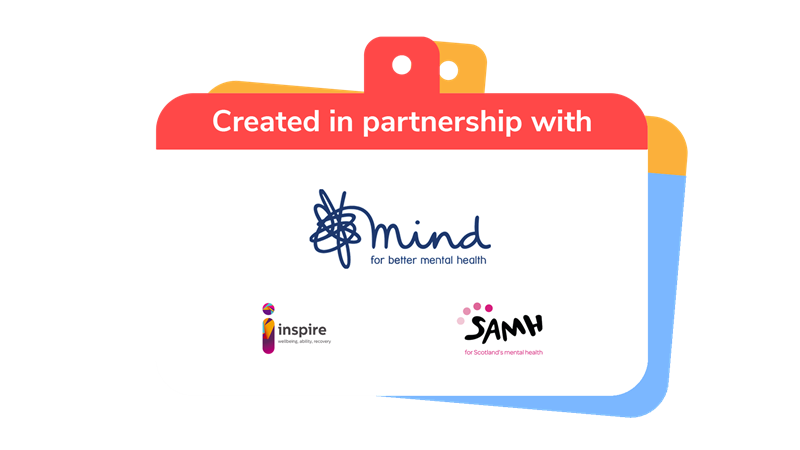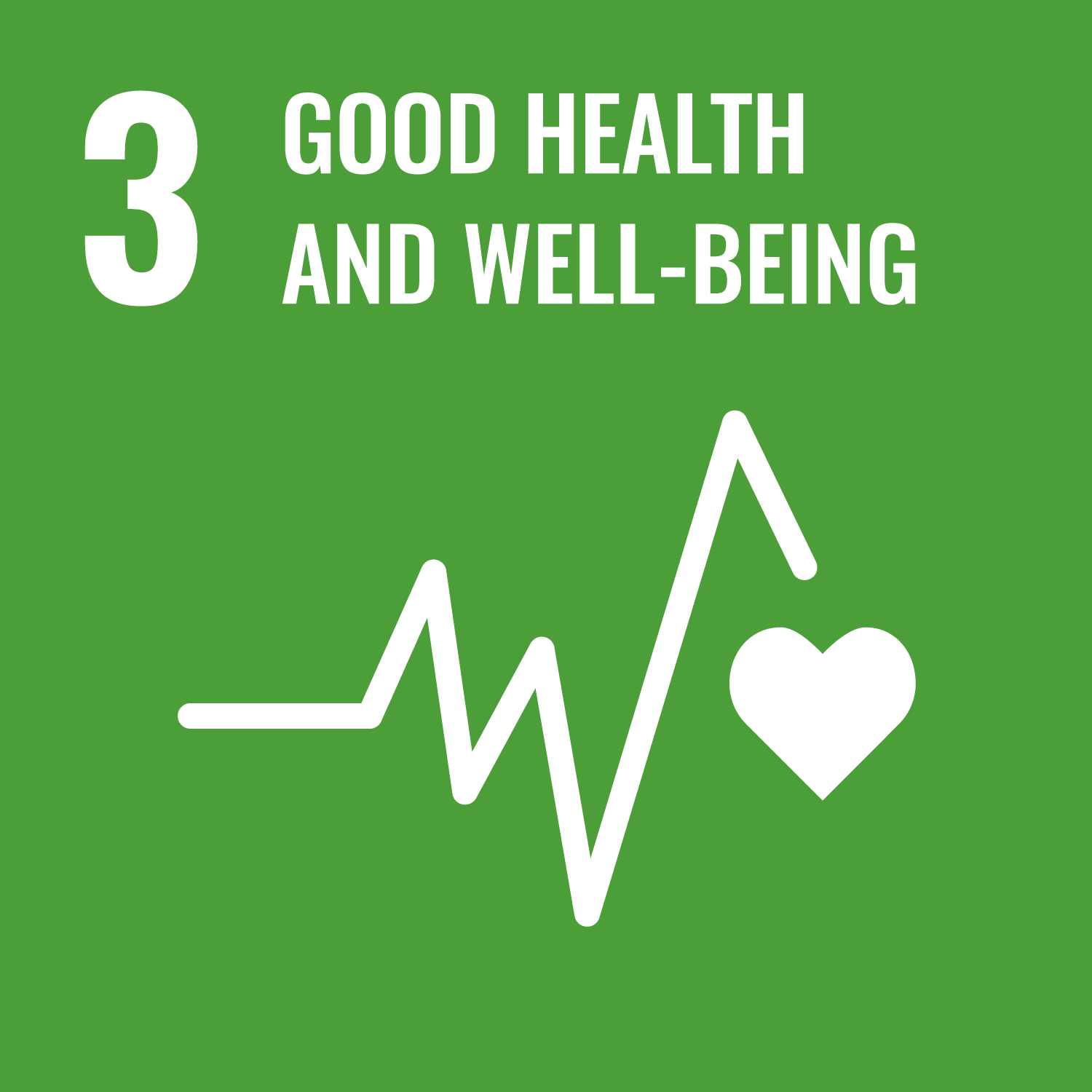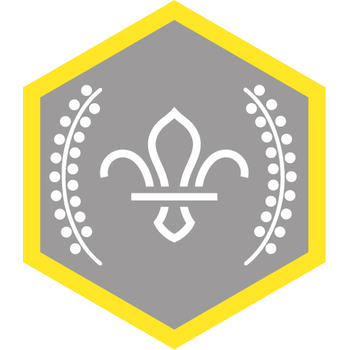
Spider solutions
You’ll need
- Pens or pencils
- A4 paper
- I spidey spy template sheet
Before you begin
- Print or draw the spider and its web onto a bit piece of paper, or get the equipment ready so someone can draw it while you explain. It’s a good idea to have a few copies, unless you have a really small group of people.
Explain the spider
- Explain that the spider and its web is a template to help people think about issues around mental health and their solutions. The spider’s body represents the issue, the left legs are what causes the issue, the right legs are the effects the issue has, and the web represents the potential solutions.
- Show everyone an example of how an issue fits on the template.
- For example, an issue (the spider's body) might be ‘People experiencing a mental health problem don’t ask for help’.
- Some causes (the spider's left legs) could be ‘stigma about mental health problems’, ‘not knowing where to ask’, or ‘not enough help or services’.
- The effects (the spider's right legs) could be ‘people’s mental health problems get worse’ or ‘people feel alone’.
- Some possible solutions (the spider's web) could include ‘more information in public places about who to talk to about mental health problems’, ‘talking about mental health problems to reduce the stigma’, ‘working with a local mental health charity’, or ‘talking to an MP about a lack of services’.
Identify issues and solutions
- Everyone should work together to make a list of issues around mental health. They could think about promoting positive mental health and wellbeing as well as issues about mental health problems.
- Now everyone should work together to choose three or four issues from the list. They should choose the ones they care most about – which do they most want to change?
- Split everyone into groups. Each group should take one issue and fill out the spider in its web, adding causes, issues, and solutions. They should think about the skills they have and what they could do in the time they have available.
- Next, come back together and ask everyone to share their ideas.
Make a plan
- Once all of the groups have shared, everyone should work together to decide which issue they’ll tackle, and what their solution will be. They may be able to combine some solutions, so they’re addressing more than one issue at once.
- Together, everyone should make a plan to take action. They should think about what they want to achieve, what steps they’ll take, and when they’ll get stuck in.
- Someone, such as an adult volunteer or young leader, should take notes and help everyone to make sure their plans are achievable. Everyone should think about any help or support they may need to get their ideas off the ground.

This activity helps contribute towards some of the UN's Sustainable Development Goals. Find out more about the SDGs, and how Scouts across the world are getting involved.

Reflection
This activity was all about problem-solving. Once people identified an issue, they thought about its causes and effects before thinking of solutions. Why is this a useful approach to problem-solving? The more people understand about a challenge, the easier it is to find a solution that works. For example, if the cause for people not asking for help is that they don’t know who or where to go, a solution of lots of posters telling them to ask for help (without any information about how) probably won’t do much good. When else might it be useful to get as much information as possible about a problem before starting to find solutions?
This activity was also about living healthily. Mental health is just as important as physical health; people experiencing mental health problems deserve support and respect. Do people think there’s enough support and respect for people experiencing mental health problems at the moment? How do the issues people identified affect people’s ability to live healthily? Will the action people have planned help them (and others) to take care of their minds?
Safety
All activities must be safely managed. You must complete a thorough risk assessment and take appropriate steps to reduce risk. Use the safety checklist to help you plan and risk assess your activity. Always get approval for the activity, and have suitable supervision and an InTouch process.
Be sensitive if anyone has experience of mental health problems. Let them (and their parents or carers) know about the activity in advance and find out if there are any topics you should avoid.
Make sure people know that mental health problems are complicated. They’re not the person’s fault, and it’s OK to need more support for mental health problems – speaking to a trusted adult, a GP, or Childline is a great place to start.
Have some information on hand in case anyone wants to know more about how they can seek help, and always follow the yellow card.
All Scout activities should be inclusive and accessible.





